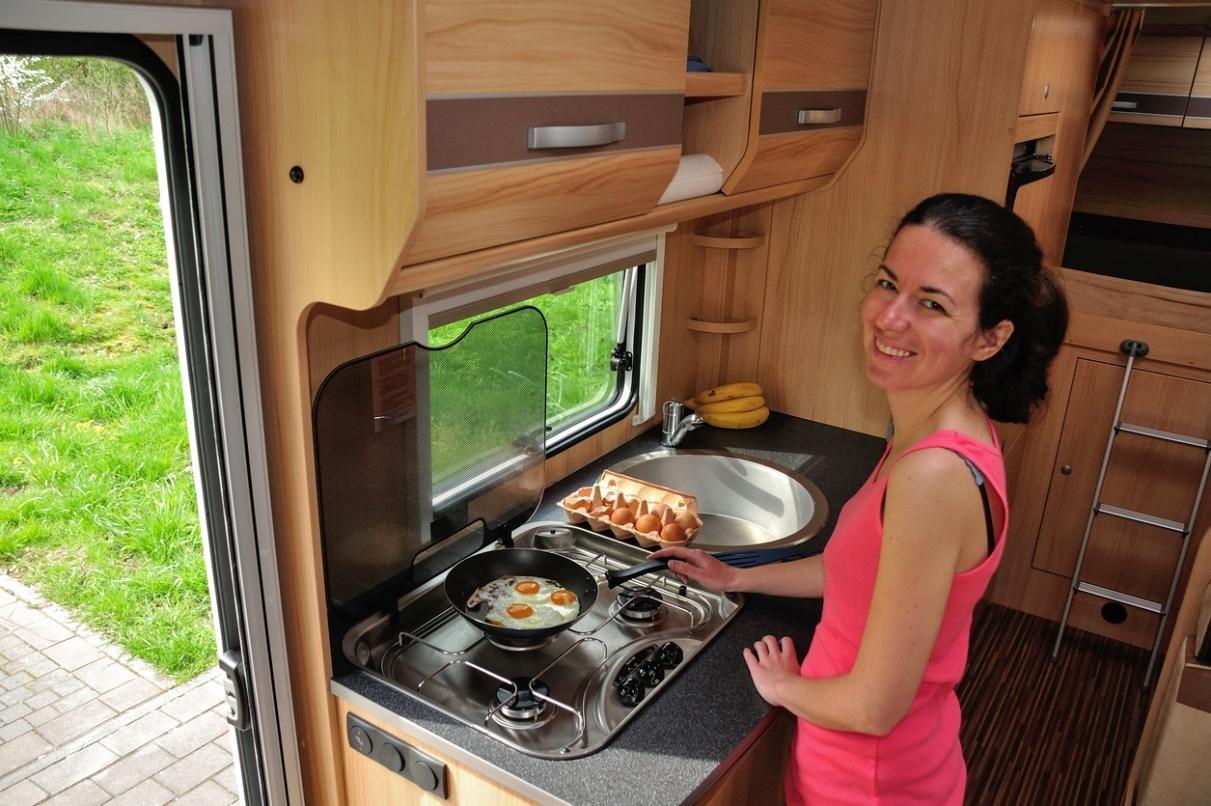
Unlike staying at an RV resort or campground, boondocking presents a few challenges many RVers may not be aware of. From keeping food safely stored, to making sure the power doesn’t go out, Lazydays RV has RV Boondocking 101 covered.
Check out our 2019 guide to RV camping in the wild.
The Basics: What is RV Boondocking? Where Can I Boondock? How Safe Is It?
Boondocking is RV camping without any water, sewage or electrical hookups. RVers have many different names for boondocking like “dry camping,” or “off the cord.” No matter the name, the idea is the same: take your RV out into the wild, unplug and enjoy.
Despite the wild connotations, you can't drive up to a piece of land and park. Depending on where you would like to boondock, you will need to check with the various outdoors and public land organizations for the state(s) you would like to camp in. They will be able to show you which public lands you can camp in. From there, it’s up to you!
If you have a few preparations in place, boondocking is completely safe. Animal encounters, especially with larger creatures like bears, can present some safety issues but these are easily remedied. Bear spray, a heavy flashlight and a loud horn can help keep unruly critters away.
What to Bring
When it comes to RV camping gear, boondocking adds a few extra wrinkles that most RVers do not normally have to deal with when staying at an RV resort or campground. Having an adequate power source is the first thing to take care of if you are RV camping in the wild. If your RV has a generator, make sure it is working properly before hitting the road. If it isn’t, Lazydays RV provides a premium generator service at all of our locations. Solar power is another great, environmentally friendly power source that you can install on your RV.
Besides securing a suitable power source, squaring away your water and food should be the next items on your pre-boondocking trip list. Most newer RVs have large freshwater tanks that will provide you with enough drinking water for your entire trip. If you do not have a sizable water tank, investing in a proper water filter is the best move. For showering, install a low-flow shower head or use a solar shower to conserve water. Low-flow aerators can be attached to your faucet heads to reduce water use, and solar showers can be used to wash dishes.
Fresh foods are the great to bring on an RV boondocking trip since they require little preparation and cut down on waste. Plan meals that can be grilled or cooked without using the microwave or other appliances that use electricity. We recommend that you include some non-perishable snacks and other food items if you will be on a longer boondocking trip.
Besides power and water, other accessories like exterior LED string lights, a cell phone signal booster, an outdoor grill (if your RV does not have one), and a propane heater or small fan are great for boondocking. Lazydays Accessories & More is the place to shop for all your wild RV camping needs.
Other Tips and Tricks for Boondocking in 2019
All RVers should consider environmental factors that can have a significant impact on a boondocking trip. Where the sun is during all times of the day, the direction of the wind and where the nearest water source is can all affect the quality of your trip.
Waste disposal is another important factor to be mindful of when RV camping in the wild. Food waste can attract a host of large and small animals, so storing it in a secure spot and reducing its odor is very important. The same goes for your black water tank. Make sure it is completely empty before your boondocking trip and bring a tank treatment along to reduce the odor.
For more RV camping tips make sure to check out the Lazydays blog. Contact theRV service experts at your nearest Lazydays RV to schedule any pre-trip maintenance services you may need!



